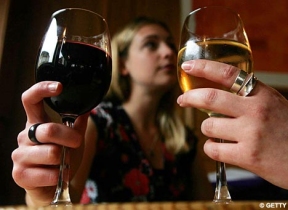
Overall rates of binge drinking in the US have increased in recent years due to sharply rising rates of drinking among women, according to a new study that also finds stark disparities in alcohol use
New research conducted by the Institute for Health Metrics and Evaluation (IHME) at the University of Washington, and published in the American Journal of Public Health, is the first to track trends in alcohol use at county level, according to the authors.
Heavy drinking is defined by the Centers for Disease Control and Prevention (CDC) as exceeding an average over the past month of one drink per day for women or two drinks per day for men. The CDC define binge drinking as consuming four drinks or more for women in a single occasion, or five drinks or more for men.
While binge drinking is associated with higher risk for serious bodily harm – injuries, alcohol poisoning and acute organ damage – heavy drinking is associated more with long-term conditions including liver cirrhosis and cardiovascular disease.
The new report finds that heavy drinking in the US has risen by 17.2% since 2005 and binge drinking has increased by 8.9% over the same period.
In 2012, 8.2% of Americans were defined as heavy drinkers and 18.3% were considered to be binge drinkers. The lowest levels of binge drinking (5.9% of residents) were found in Madison County, Idaho, and the highest (36% of residents) were in Menominee, Wisconsin. Hancock County, Tennessee, had the lowest levels of heavy drinking (2.4%), with Esmeralda County, Nevada, reportedly hosting the greatest proportion of heavy drinkers (22.4%).









